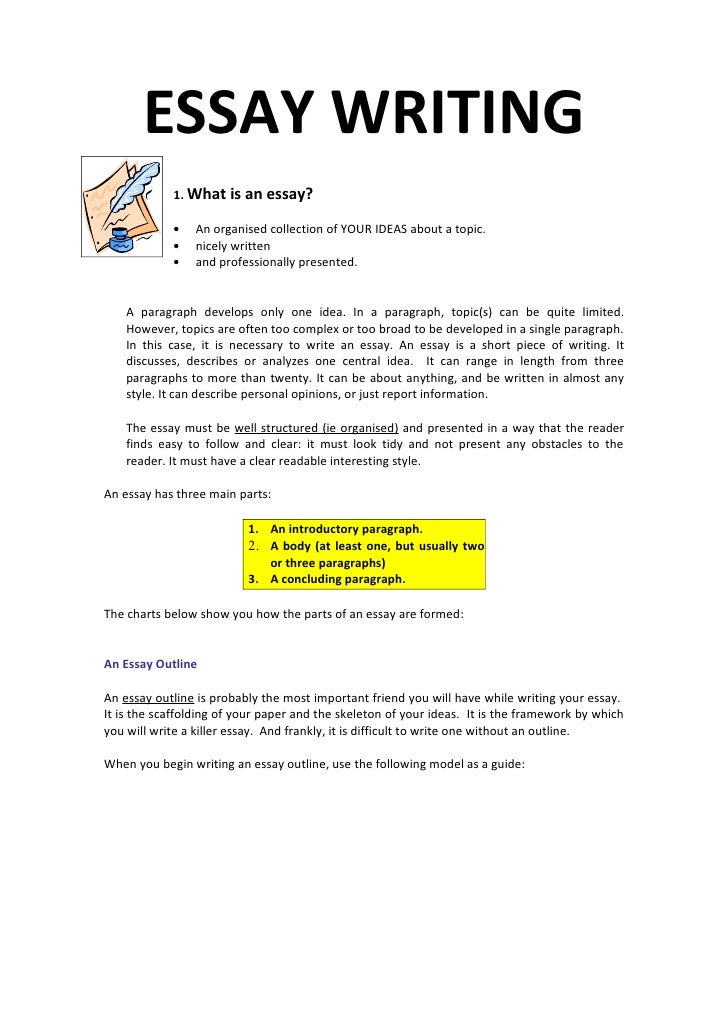

Setup expects a ‘stage’ arg which is used to separate logic for ‘fit’ and ‘test’. Loads in data from file and prepares PyTorch tensor datasets for each split (train, val, test). Note we do not make any state assignments in this function (i.e. We point to our desired dataset and ask torchvision’s MNIST dataset class to download if the dataset isn’t found there. This is where we can download the dataset. Note what the following built-in functions are doing: ¶ Consider increasing the value of the `num_workers` argument` (try 64 which is the number of cpus on this machine) in the `DataLoader` init to improve performance. usr/local/lib/python3.9/dist-packages/lightning/pytorch/trainer/connectors/data_connector.py:208: PossibleUserWarning: The dataloader, train_dataloader, does not have many workers which may be a bottleneck. LOCAL_RANK: 0 - CUDA_VISIBLE_DEVICES: Ġ.031 Total estimated model params size (MB) Missing logger folder: /_w/6/s/lightning_logs To properly utilize them, you should set `t_float32_matmul_precision('medium' | 'high')` which will trade-off precision for performance. You are using a CUDA device ('NVIDIA GeForce RTX 3090') that has Tensor Cores.

Tutorial 7: Deep Energy-Based Generative Models.Tutorial 6: Basics of Graph Neural Networks.Tutorial 5: Transformers and Multi-Head Attention.Tutorial 4: Inception, ResNet and DenseNet.Tutorial 3: Initialization and Optimization.Guide how to upgrade to the 2.0 version.


 0 kommentar(er)
0 kommentar(er)
